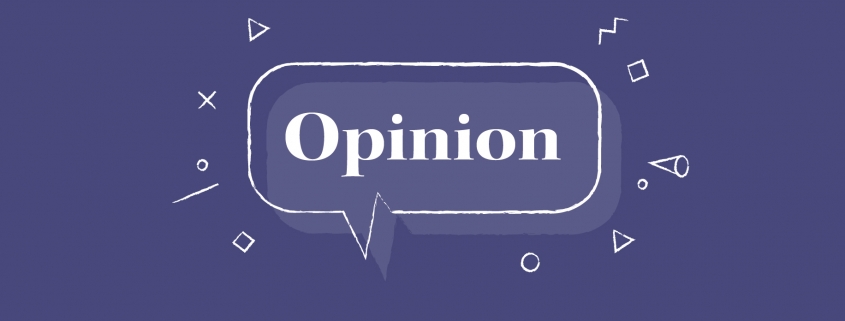Memes fuel political discourse through unbiased dialogue
It doesn’t take long for meme storms to form. During the storming of the Capitol, social media platforms were inundated with burlesque renditions of phoney vikings and confused ‘patriots’ carrying Georgian (the country) flags. When an Evergreen container ship blocked the Suez Canal, photos of the vast bulk of the hull being excavated by a lone feeble-looking digger took over the internet. President Joe Biden was also quickly photoshopped by these meme lords onto an Easy Climber stair lift when he tripped climbing the stairs to (Ch)Air Force One.
Though most people get into the meme wave for a quick gag, these moments of virality have caused a paradigm shift in politics. An increasing number of world leaders are posting and producing memes, or following satirical accounts on social media which offer political memes. For example, former Secretary of State Hillary Rodham Clinton famously attempted to engage young voters with a meme that said “How does your student debt make you feel? Reply in three emojis or less.” Accordingly, memes have entered the political vernacular, and this is beneficial to our democracy.
Meme warfare brings the discourse back to the people. These silly photos are inherently participatory; everybody can be a creator and everybody can be a sharer. Furthermore, the storm effect carries an intrinsic sense of belonging to a group because people want to be part of the inside joke. The keyboard warriors are creating a more inclusive political environment because everyone feels welcome to criticize and satirize world events. In other words, memes are engaging a whole new portion of the population in civic discourse.
Memes also present an opportunity for unbiased media production. In a political environment plagued by lobbying and interest groups — where a $1 campaign contribution results in a $6.65 less state corporate tax, every piece of information is biased in some way. Memes, instead, are candid political expressions. They are not funded by any party (most of the time) and provide honest opinions. For Americans, they are a breath of fresh air from the constant barrage of propaganda.
There is a caveat however. While memes do champion discourse and engagement, they can easily be manipulated to support campaigns of disinformation. The weaponization of memes through mass replication has created a powerful tool for waging political war against opponents. This has even culminated in the creation of troll factories, whose sole goal is to disseminate content which is meant to appear genuine; during the 2016 election, Russian trolls spread 10.4 million tweets, 1,100 YouTube videos, 116,000 Instagram posts and 61,500 Facebook posts to build former President Donald Trump’s reputation.
Yet, with regulation, this issue can be easily abated. There has already been a crackdown on fake accounts. Between May and June 2018, Twitter suspended more than 70 million accounts. In December 2020, Facebook removed more than 2,000 fake posts that contained malicious information. Instagram even introduced a new fact-checking tool, that allows users to flag disreputable posts. With a more coordinated effort between the social media conglomerates and the government, the number of trolls may be even further reduced.
Hence, we should be encouraging the proliferation of these satirical parodies. Instead of labelling the internet’s lingua franca as infantile, we should begin to champion this new form of expression. In some ways, memes are the new political cartoon.
So, just as political caricatures are considered legitimate commentaries on global affairs, memes should be promoted in political discourse. Whether this be through mentions as evidence in public speeches and debates, or even published in media communications, the time has come for the memeification of democracy.

